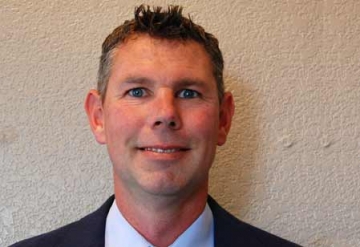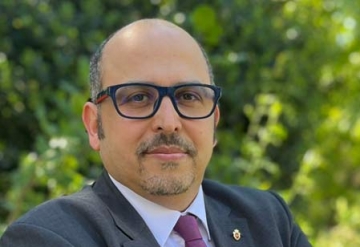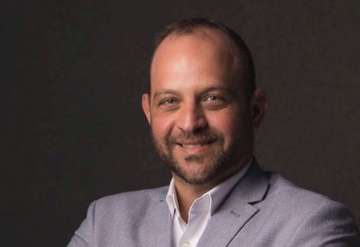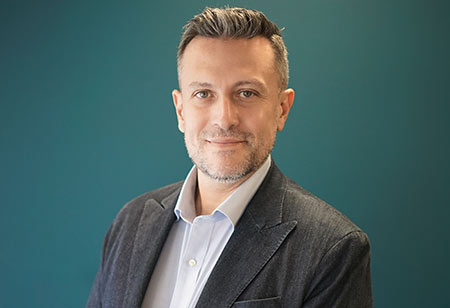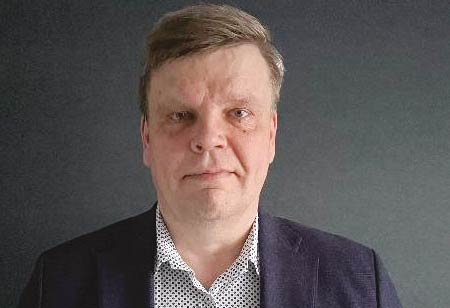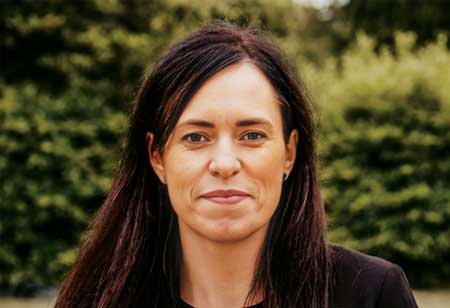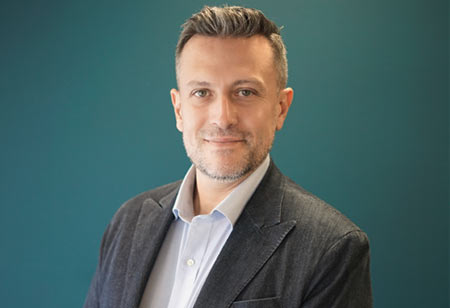THANK YOU FOR SUBSCRIBING

Operational Groundwork, Strategic Impact: A New Era of Real Estate Leadership
Kalinka Ivanova, RPA, CCIM, MBA, Vice President Real Estate Development, HOLT CAT

 Kalinka Ivanova, RPA, CCIM, MBA, Vice President Real Estate Development, HOLT CAT
Kalinka Ivanova, RPA, CCIM, MBA, Vice President Real Estate Development, HOLT CATCareer by Design, Not Default
My path has been anything but linear and that’s been my biggest advantage.
Starting in investment sales at Barclays Real Estate in Calgary, Alberta I had a great mentor David Wallach, who taught me how to identify value quickly, while my time leading real estate across North America for Canadian Pacific Railway gave me the scale and operational complexity to sharpen my decision-making.
At HOLT CAT, real estate is not just about occupancy: it’s a strategic lever for enabling operations, attracting and retaining top talent and supporting long-term growth.
Under the visionary leadership of CEO Peter Holt and President Corinna Holt Richter, I’ve come to understand that every real estate decision must be rooted in operational alignment and future-proof value.
When evaluating a deal, I ask two critical questions: does this drive measurable value today, and will it still make sense five years from now? Sometimes that means consolidating leases, land banking in growth corridors, or reworking facilities to better serve a high-performing team. The key is staying close to the business and maintaining a sharp, context-driven definition of what “strategic” truly means.
Bricks, Mortar—and a Whole Lot More
Projects are never just about bricks and mortar.
We’re often dealing with tight timelines, custom operational requirements, permitting delays and shifting business needs—all at once. The key is alignment. I make sure everyone on my team from our internal teams to external contractors, is clear on scope, priorities and how this project fits into the bigger picture. I also don’t wait for problems to show up. We build in contingencies, keep close tabs on our assumptions and structure deals to protect our flexibility down the line.
“This is a tough industry, but it’s also full of opportunity. If you’re clear on your vision and consistent in your work, the right doors open”
Experience helps but so does staying calm when plans inevitably change.
For me, it starts with a deep understanding of the business.
Real estate at HOLT CAT isn’t just about occupancy—it’s about enabling operations, retaining talent and supporting our growth strategy. When evaluating a deal, I look at two things: will this drive value today and will it still make sense five years from now? Sometimes it’s consolidating leases, sometimes it’s land banking in the right corridor, or reworking a facility to support a high-performing team. The key is staying close to the business and having a clear lens on what “strategic” really means in our context.
Staying Agile Without Losing the Long View
There’s no playbook for risk, I learned to be prepared. I rely on strong due diligence, good instincts and great teams. We model out scenarios, stress test assumptions and engage local experts early. Whether it’s zoning, environmental issues, or changing political climates, I stay ahead of the curve by staying informed and flexible. At the end of the day, you have to be able to pivot quickly without losing sight of the long game. It’s about being decisive but also knowing when to step back and rethink.
Owning Your Voice in a Demanding Industry
Don’t wait for permission. Speak up. Own your value.
In real estate and construction, technical skills matter—but it’s your confidence and presence that set you apart. Learn how to read a P&L, how deals are structured, how to negotiate. But also learn how to lead under pressure and communicate with impact. And for women in particular, it’s critical to build a support system. I believe in mentorship circles, not just top-down advice. This is a tough industry, but it’s also full of opportunity. If you’re clear on your vision and consistent in your work, the right doors open.
One theme I believe is critical, but often overlooked—is the integration of real estate strategy into enterprise-level planning. Too often, real estate decisions are reactive or siloed. At HOLT GROUP we’ve flipped that approach. My role is deeply embedded with executive leadership, finance, operations and HR. That’s what allows us to use real estate not just as a support function, but as a tool for business transformation, whether it’s optimizing logistics, consolidating our footprint, or creating workspaces that truly support how our teams perform. Again, I have an excellent guidance from our inhouse mentors Guy Clumpner and Larry Mills, both long term veterans with 43y and 55y at the company.
I also think it’s important to talk about resilience and adaptability—especially after the last few years. Industrial real estate is evolving fast. Supply chains have shifted; construction costs have escalated and workforce expectations around space and flexibility have changed. The leaders who thrive are the ones who can take a clear position, move decisively and still adjust course when conditions demand it. That’s the mindset I encourage in my team: know the goal but stay agile in how you get there. We should always adapt with emotional intelligence and sticking to our leadership values of ethical, success, excellence, commitment and dynamic.
Lastly, I’d emphasize the value of cross-functional growth. I’ve benefited from experiences outside the traditional real estate lane—capital markets, operations, even elements of legal and compliance. For any leader looking to grow in this space, I’d say: widen your perspective. The more you understand the full business ecosystem, the more impactful and credible you become in the boardroom.
Read Also
Bridging AI and Construction: How Model Context Protocol Is Transforming AEC Workflows
Bringing Information Security to the Core
Data-Driven Approach For More Efficient And Low-Emission Infrastructure Construction And Maintenance
Social Value: Investing in the Legacy of our Projects
Opportunities Offered By Satellite Technology And Low Earth Orbit To The Construction Industry
Bridging Al and Construction: How Model Context Protocol is Transforming AEC Workflows

 Copyright © 2025 All Rights Reserved | by:
Copyright © 2025 All Rights Reserved | by: Construction Tech Review
| Subscribe | About us | Sitemap| Editorial Policy| Feedback Policy



